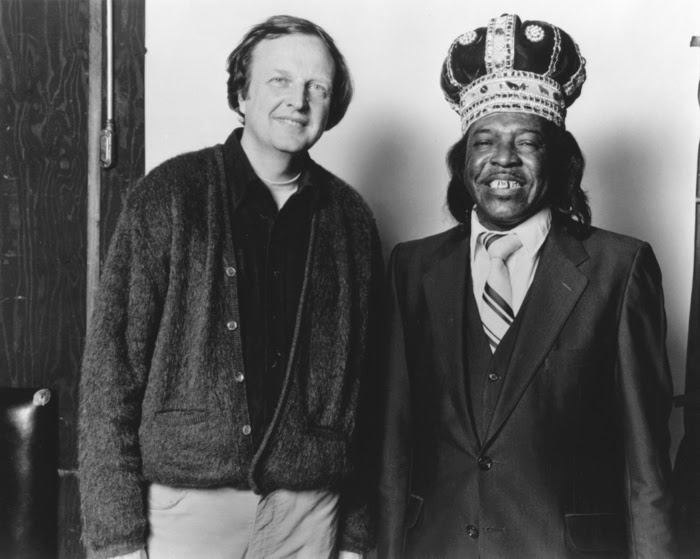
The ripple effect of Chris Strachwitz in the world is immeasurable in preserving this music. I can’t even imagine what it would be like to not have heard those records. This music that without his care and watering would have withered probably. It didn’t matter what country he was from. This is somebody that was born to do this for the music that he loves.
– Bonnie Raitt
Above all things, Chris Strachwitz is a sound and song catcher. He has devoted his life to collecting the ever changing sounds of regional or vernacular music, first on 78 rpm records and later on tape as played in homes, backyards, front porches, and beer joints. Since 1960 he has been seeking out and recording music played with joy, grit, and vigor—capturing the moments that captured his heart, regardless of language, region, or commercial trends.
Coming from another language and culture, he perhaps saw the artistry in this music a little sooner, a little earlier than the rest of us, and his vision of a kaleidoscopic American musical culture, from Tejano to country and Southwestern blues, has helped thwart the single standard the music industry has tried to impose on us over the years.
– Dick Spottswood
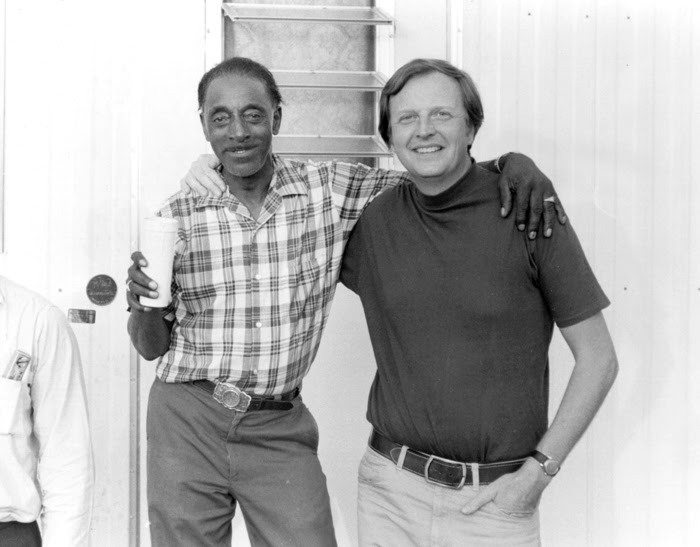
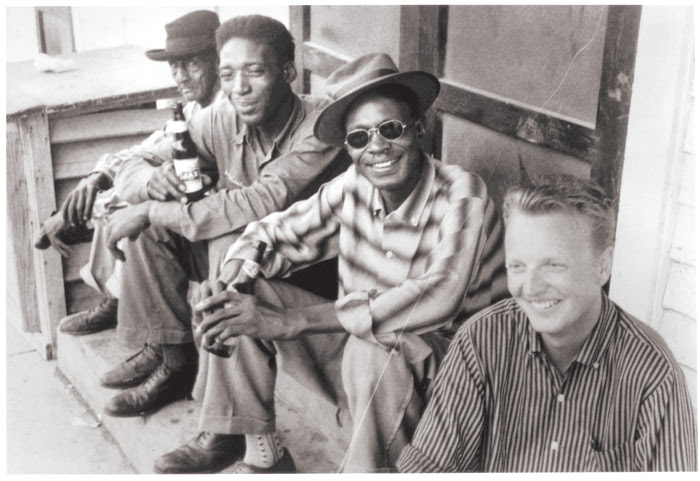
Determined to record the sounds that so enchanted him, Chris returned to Texas in 1960 with a tape recorder only to discover that Lightning was just leaving for California. But Mack suggested looking for other singers, and so they drove towards Navasota. They remembered a harrowing song “Tom Moore’s Farm,” and at a feed store Mack asked if Tom Moore might be living in this area. The reply was “yes, indeed Mr. Moore has his office over the bank building!” They met Tom Moore and asked if he knew of any popular musicians in town and Mr. Moore directed them to the railroad station to ask Peg Leg. Chris and Mack quickly located Peg Leg, who gave them the name of Mance Lipscomb and where he lived. They drove to Mance’s house and ended up recording him in his living room for what would become the first imprint on Arhoolie Records, Mance Lipscomb: Texas Sharecropper and Songster.
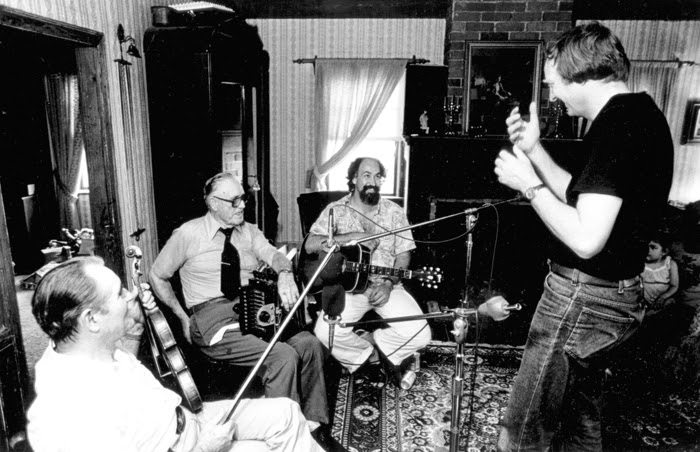
This young guy from Navasota, Texas, came in one day and was oh, just so excited by the record he had in his hand. This was the local hot guy from his area, and it was Chris’ first Arhoolie record, Mance Lipscomb: Texas Sharecropper and Songster. I have to tell you, that’s when it started for me.
– Taj Mahal
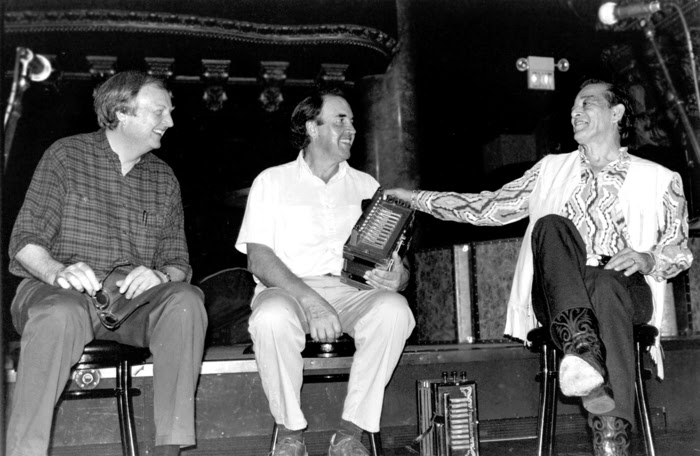
He got to be known as El Fanatico, who wanted to hear every song, know every story, bought every record he could get his hands on, and he never stopped. And he could just crank and work all day and night, and I would get tired. ‘Drink your orange juice,’ he would say. ‘Let’s have our orange juice and keep moving.’
– Ry Cooder
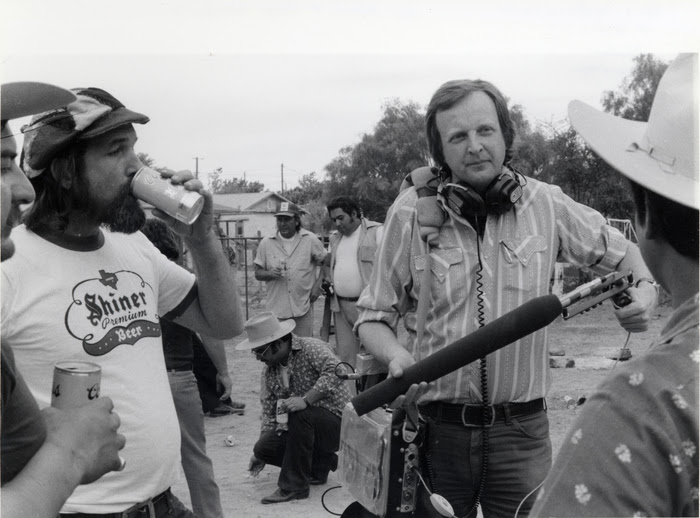
This is our musical heritage in the broadest sense of the word, and it is remarkable that Chris Strachwitz had the foresight and passion to know how important it was to preserve this.
– Chon Noriega
Director of the Chicano Studies Research Center at UCLA
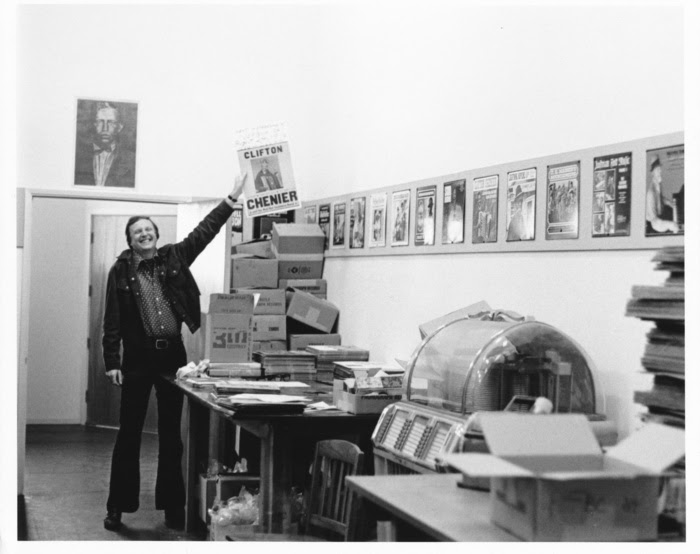
That’s the amazing part you shouldn’t forget about vernacular music: it changes every day. Nothing is ever the same the next day. These are audio snapshots.
– Chris Strachwitz
I dread to think of a world without Chris Strachwitz. Everything that I love Chris has supported, everything that I love Chris has cultivated it, and everything that I love Chris has helped bring out in me.
– Marc Savoy
